“They were very lonely people, and when they went down [to the almshouse], I don’t think they ever came up to town, you very seldom saw them after that.”
- Helen Dolan, Yarmouth Port
Until almshouses were established, the town’s poor were taken care of by people who were reimbursed for their costs. They were parceled off to lowest bidder. In receiving cash from the town, the low bidder clothed, fed, sheltered them in return for any labor they could give. It didn’t work well for elderly, disabled, or mentally ill. Some towns tried workhouses, but there is no record of Yarmouth having one.
Yarmouth approved setting up their almshouse in March of 1831, located on what is now Alms House Road near Bass Hole. It was located on the northern side of the road where the road goes over the first little rise. Interestingly, the 1830 map of Yarmouth, submitted to the state, shows the alms house already in place.
In addition to almshouses, towns also gave relief so people could stay where they were. Mary Dunn of Barnstable was one such a case. Some residents resented these people for getting free wood, food, and clothing. In an ironic twist, Mary Dunn died in 1850 when her house burned down with her inside. Had Barnstable moved her to an almshouse, she might have lived a longer life.
Towns had committees called the Overseers of the Poor who were responsible for the almshouse. The selectmen generally served this function, as the almshouse was usually the second largest expense in the budget. Every day operations were handled by the almshouse superintendent and wife who oversaw the residents and cooked the meals. Strict requirements were set up for the able-bodied to do work, hoping to keep “loafers” out. Mentally ill were occasionally sent there as well as those critically ill who needed continual care, mostly elderly and frail.
Children weren’t usually placed there, but taken from parents and sent to live with others. While this seems cold-hearted, one town’s Overseers said it was “beneficial because it preserves the child from the taint of ‘pauperism’.” After 1875, state laws prohibited having children in almshouse and moved mentally ill and the physically challenged to other places. Residential numbers started declining after this point.
The Yarmouth Register on February 25, 1888 reported a scandal involving the almshouse keeper. It seems that keeper Stephen Sherman left Yarmouth and ran off to New York with another woman. Sherman’s wife continued to run the almshouse and did a very credible job. The story was so juicy that the Barnstable Patriot re-ran it three days later.
Newspapers of the period were filled with almshouse expenditures. While no list of inmates was usually published, the inhabitants were well known and were referred to as almshouse inmates when they died or moved. The poor from the Yarmouth almshouse who died were buried in Ancient Cemetery on northern side, usually without gravestones.
The newspapers reported good deeds by the town citizens. On Thanksgiving in 1895, “the Misses Simpkins sent dainty sweetmeats to the inmates at the Yarmouth almshouse.” Good deeds didn’t lead to visiting, however, as Barnstable reported only 14 visits to its 14 inmates in 1915, in spite of the fact that most of the inmates had relatives in the town. Having a family member there was considered a great source of shame.
Numbers of inmates fell as vagrant numbers rose. In 1900, Yarmouth reported 6 poor in the almshouse and 23 vagrants. Five years later, there were 5 poor and 10 vagrants. It was these kinds of numbers that led towns to consider abolishing the “costly” buildings.
The Yarmouth Almshouse, near Grey’s Beach.
The 1913 Yarmouth town meeting voted to close the almshouse and sell the building. The town voted to purchase a more suitable piece of property if it could be found, but that didn’t happen. Interest in a county-wide almshouse, led by Charles R. Bassett of Yarmouth, was derailed prior to World War I.
After several owners, Yarmouth’s almshouse was eventually bought in the early 1920s by Irving Bigelow and Ivan Martin who spent more than $6000 refurbishing it. They ran a hotel there for at least one year called Chilton Manor, but it failed.
In January 1932, in the process of being converted to a convalescent home, the almshouse burned to ground. The fire truck responding got stuck in the road on way to fire. Without their equipment, the firemen continued on to the fire and managed to remove most of furniture. Speculation swirled that the cause of the fire was arson, possibly for the insurance proceeds. After the fire the land was sold to Edmund Eldridge who used it for a cow pasture.
Today, all that remains of Yarmouth’s almshouse is a scattering of broken bricks on land that is returning to woodland. Only the road name remains, with houses on it enjoying gorgeous marsh views. One only hopes the inmates got a chance to enjoy the view.
Posted on the anniversary of the day President Franklin Delano Roosevelt signed the Social Security Act into law.
Excerpted from a 2008 article by Duncan Oliver







